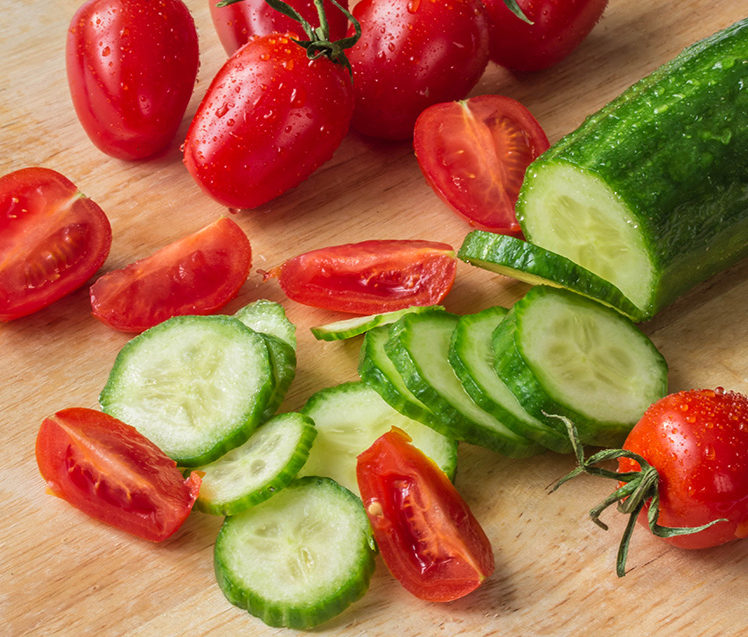Prednisone and weight gain
Immediately after your transplant, among other medications, you will be on high doses of corticosteroids called prednisone or prednisolone to keep the new graft safe.
Prednisone typically increases appetite, which can result in increased calorie intake. Even if you’re not on large doses of prednisolone, you may find your appetite improves naturally because you no longer feel sick.
In the short-term (days to weeks) after your transplant, this may not be too much of a concern as your body needs extra energy and nutrients to heal and begin rehabilitation.




Recent Comments